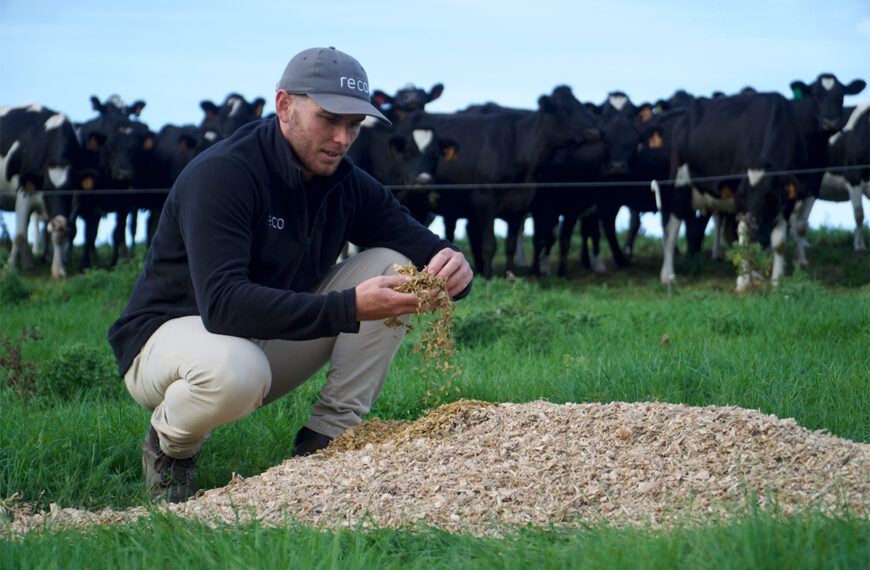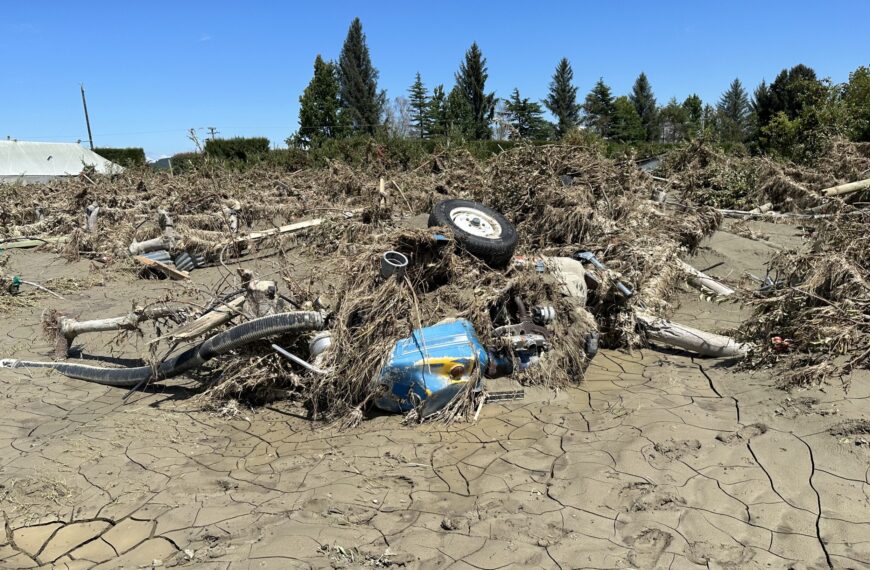Growing a more balanced diet for New Zealanders could also deliver improvements to the country’s greenhouse gas profile and water quality, based on a report from the Our Land and Water National Science Challenge.
Going a step beyond the “right tree right place” recommendations made by foresters and the Climate Change Commission, the study looks to place a series of wins not only for the environment but for the nation’s health.
The research, headed up by Lincoln University Professor Richard McDowell, examines the impact of responding to two different scenarios requiring land use change.
One is a shift aiming to reduce greenhouse gas emissions, while the other is a land use shift to improve water quality, particularly lowering nitrogen and phosphate levels.
The study was based on the premise that as climate change impact spreads, NZ farmers and growers will be compelled to respond by changing the crops and livestock they use, while also having to meet emissions and water quality targets. At the same time there is a strong link between a more plant-based diet and improved planetary health.
McDowell described the outcomes as a “win-win-win” for hitting GHG/freshwater targets, feeding the population more healthily, and minimising the financial impact on farmers and growers.
The dietary shifts involve the country consuming more of a plant-based diet, which researchers modified from the internationally accepted EAT-Lancet planetary health diet, focusing on crops capable of being grown here.
Some things were not included – for example, yoghurt alternatives that may have required coconuts, McDowell said.
The shift required an additional 28,000ha be committed to crops including legumes, vegetables such as onions and potatoes, and cereal crops like wheat, barley and oats. Overall, the researchers found that to meet the dietary goals and hit either reduced greenhouse gas targets or improve water quality would mean a 30% increase in crop land, and forestry increasing by an average of 100%.
Both would result in a decline in drystock farming land by an average of 15%, and dairying by 10%.
Digging into the gross margin impact on farm profitability, the effect on farmers’ bottom line depends upon whether the country is aiming for improved water quality or greenhouse gas reduction.
The freshwater approach would inflict the greatest cost on the primary sector, with a net $526 million loss across the country.
This compared to an $89m profit for the GHG-focused approach. This was largely boosted by returns of up to $2.4 billion from a bigger arable, horticulture and forestry sector.
McDowell said the significant variation in impact between the policy goals would have to give the government pause as it implements regulations around its national policy statement on freshwater.
“It does mean you have to think harder about the phasing of this sort of policy and its impact. There are areas of the country where the risk [to water quality] is not as great and practices could continue for longer, while in other areas time really needs to be called now.
“It’s critical for farmers with long-term businesses to know sooner than later.”
Across the regions the modelling found Waikato would suffer the greatest gross margin reduction in either scenario, due to its dairy focus, averaging a $287m loss.
Under a GHG-focused regime Canterbury stands to gain in gross margin by up to $58m in catchments under nitrogen pressure.
But under a freshwater regime the impact on Canterbury is major, with nitrogen-pressured catchments in the region hit with a decline of $288m in farm gross margins.
Despite the loss of pastoral land under the scenarios, McDowell said he is confident the meat and dairy sectors are capable of making up the losses through productivity gains.
He cited historically strong productivity gains in the primary sector of 2-4% a year as cause for optimism it could continue these gains, and make up the area lost to forestry and cropping.
“And with respect to the change in land use, what you lose in one area you gain in another, and it is almost a zero-sum game.”
He was also confident the researchers’ efforts to drill into land-use changes withstand any potential criticism about whether the alternative uses are realistic.
“We produced land use suitability maps for 20 different crops, all available through the open platform research that look at climate, contour, and soil type. The resolution of these maps is good.”
He said one shortcoming of the research is the reliance upon average farm data, not individual farm data.
“So, we can only say on a national and regional scale this is a thought experiment that identifies the regimes and what they would change land use to.”
The full research report can be found here.














